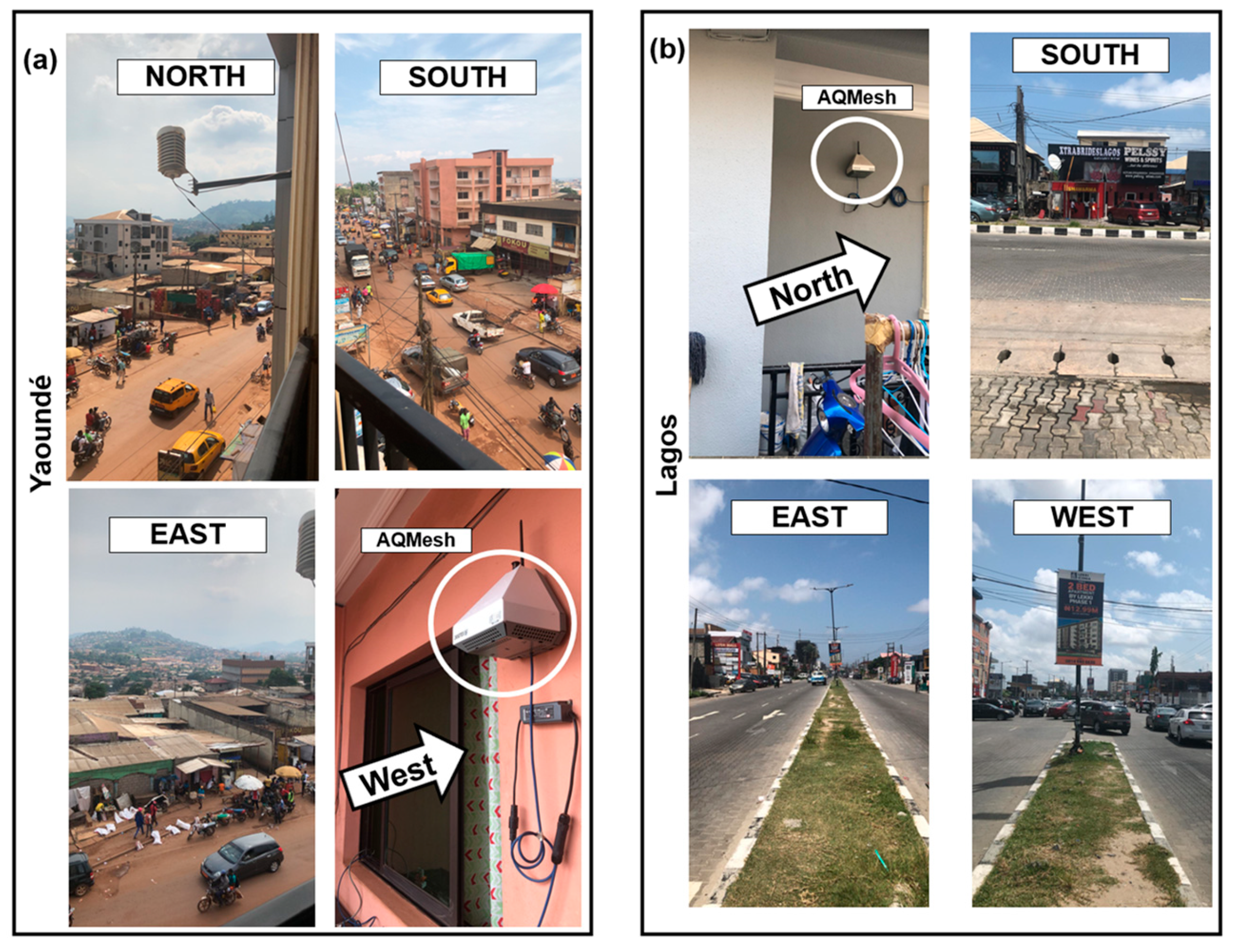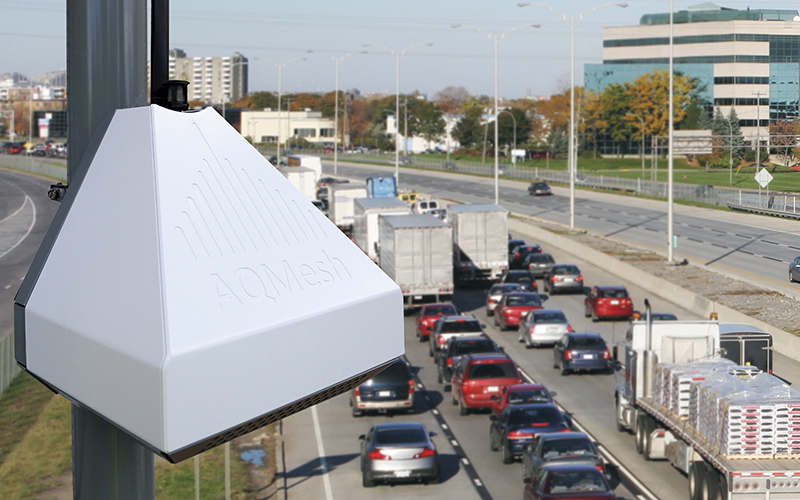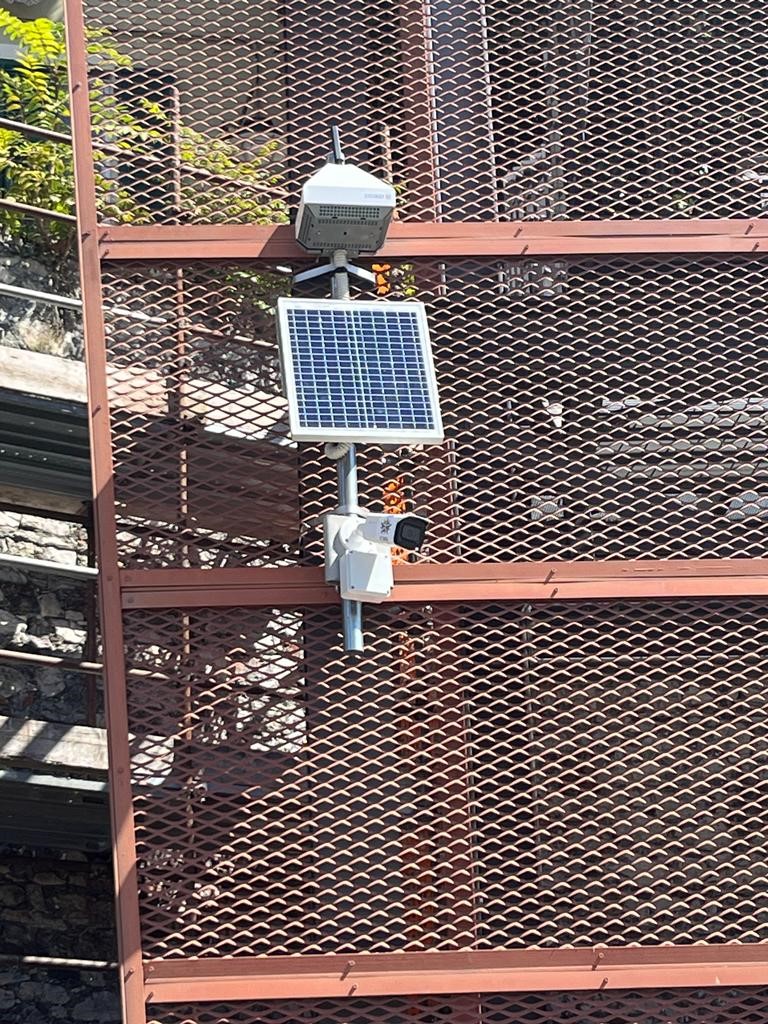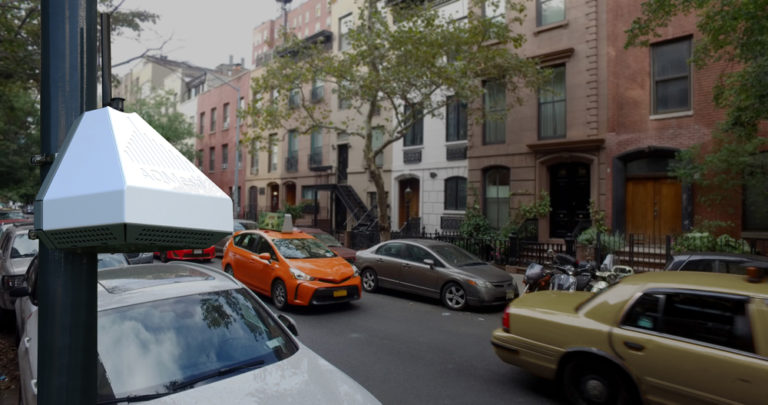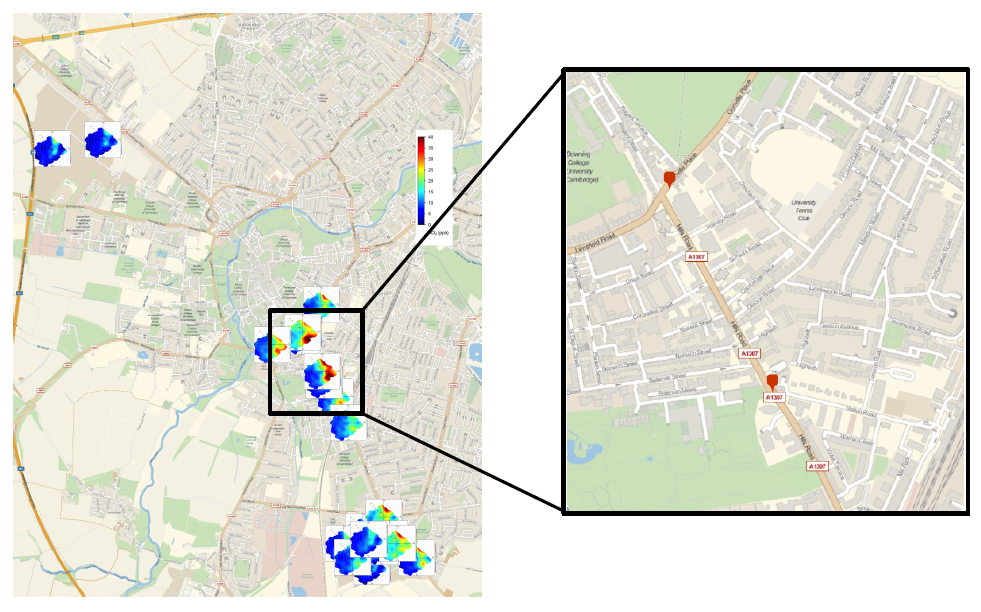 Smart city projects pursue the vision of instrumenting a city with a large number of measurement ‘nodes’ and distributing this information to a range of stakeholders. But at that point different priorities emerge: IT teams are attracted by how readily data can be integrated and communicated whilst air quality professionals focus on how meaningful the air quality readings are.
Smart city projects pursue the vision of instrumenting a city with a large number of measurement ‘nodes’ and distributing this information to a range of stakeholders. But at that point different priorities emerge: IT teams are attracted by how readily data can be integrated and communicated whilst air quality professionals focus on how meaningful the air quality readings are.
Air quality readings from traditional air quality monitoring instruments – those which offer the most accurate readings – are generally accessed by direct download from the hardware or by hard-wired data infrastructure. A new generation of cloud-based air quality monitoring devices offers cheaper, smaller, more flexibly located measurement nodes, with all the benefits of cloud data management and integration. Leading air quality small sensor system, AQMesh, offers smart city partners an API data stream, which allows straightforward integration of real-time pollution gas and particle measurements into the smart city platform, and many low cost sensor systems offer something similar.
This is all very appealing and appears to bring air quality measurements into line with the array of city-wide measurements that the Internet of Things is expected to offer to a smart city. However, what if the air quality readings communicated to the public and other stakeholders are misleading, suggesting that air is clear when it is not, or suggesting that the city has a pollution problem that it does not? Either of these scenarios undermine the core case for smart city integration of air quality information.
Air quality professionals quite rightly demand evidence of accuracy from any new source of air quality readings. The most practical measure of accuracy is to compare a small sensor system which is co-located with – so measuring the same air sample as – a validated air quality station using reference method equipment. Laboratory test results are sometimes offered but small sensors may perform well in lab tests which use single, dry gases, but not in real-world monitoring where gases and particles are mixed and subjected to rapidly changing environmental conditions, such as temperature and humidity. The AQMesh study in Cambridge demonstrates the legitimacy of some small sensor air quality data.
AQMesh uses cloud-based correction for these influences to offer the best accuracy currently demonstrated by micro-sensing units. Teams of leading air quality experts are working worldwide with AQMesh and years of challenge and shared experience in a range of climates and conditions has allowed data processing to be refined to give reliable readings. This accuracy is combined with a robust platform and smooth data integration package to give the lowest possible risk and fastest solution for smart cities.

